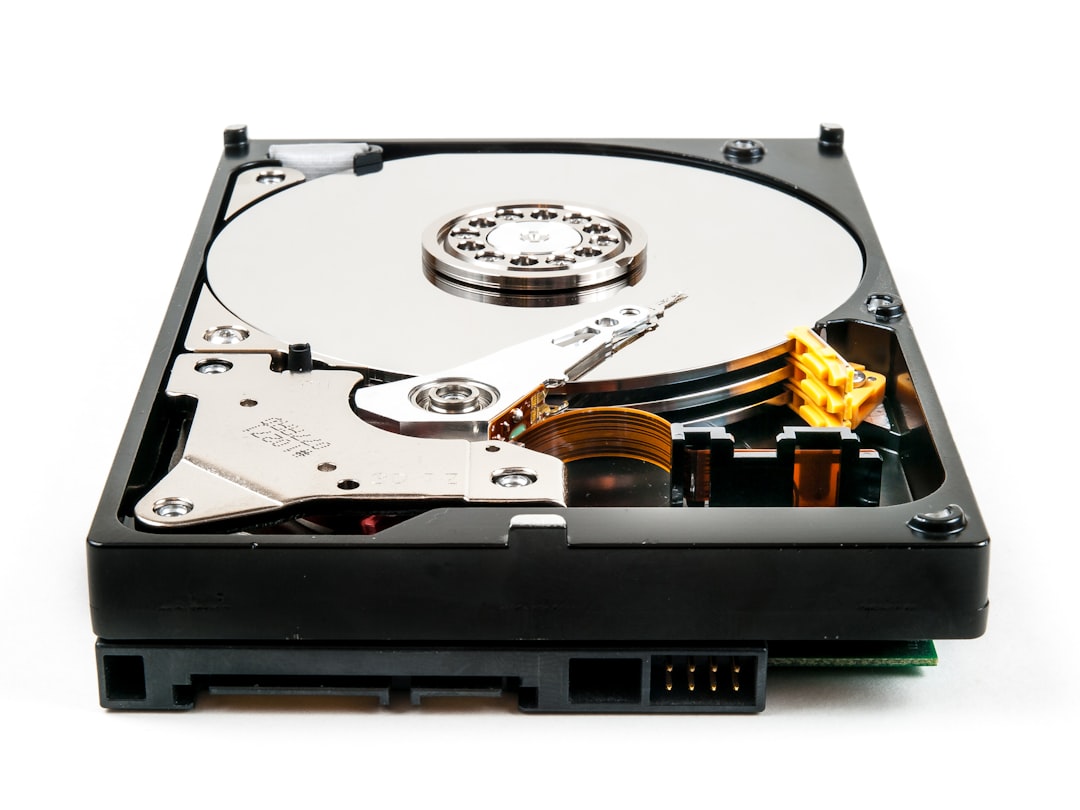
Thinking about stepping away from your Microsoft account? Whether you’re switching platforms, consolidating accounts, or simply reducing your digital footprint, deleting your Microsoft account can be a big move. But before you rush into it, it’s crucial to understand the implications and take steps to save your valuable data. Thankfully, with the right preparation, you can delete your Microsoft account safely and without losing important files, emails, or services.
This guide will walk you through everything you need to know to ensure a smooth and informed transition.
Why People Delete Their Microsoft Accounts
There are several reasons why users consider deleting their Microsoft account:
- Privacy concerns or switching to alternative ecosystems like Google or Apple
- No longer needing Microsoft services like Outlook, OneDrive, or Xbox
- Duplicate accounts causing confusion
- Moving to a workplace or education system that uses a different platform
Whatever your reason, it’s a significant choice that affects access to multiple Microsoft products. Microsoft accounts are like a universal key, granting access to services like Outlook.com, OneDrive, Skype, Xbox Live, Office 365, and even Windows itself. Deleting it without preparation could lead to losing documents, photos, contacts, or even saved game progress.
Step 1: Prepare to Back Up Your Data
The first and most important step is preserving your data. Microsoft gives you a generous 60-day grace period after initiating deletion — but it’s best to collect everything now. Here’s how:
1. Save Your Files from OneDrive
Go to OneDrive, log in with your Microsoft account, and download your files to your local device or another cloud service like Google Drive or Dropbox. To do this:
- Select all files and folders
- Click Download from the toolbar
- Save the zip file to your chosen location

2. Export Your Outlook Emails and Contacts
If you’ve used Outlook.com or the desktop Outlook app, export your emails and contacts:
- Use the File > Open & Export > Import/Export feature in the Outlook desktop app
- Select “Export to a file” > “Outlook Data File (.pst)”
- Pick the folders you want and save them on your device
To export contacts only, use Outlook’s People dashboard and look for the Manage > Export contacts option.
3. Backup Xbox and Gaming Data
Your progress on Xbox games and achievements are tied to your Microsoft account. If you’re wiping your account and plan to game under a new ID, note that:
- Achievements and game saves may not transfer
- Any purchases on Xbox Live will be gone
- Subscriptions like Xbox Game Pass will be canceled
If you’re keeping Xbox services, consider linking a different Microsoft account or transferring entitlements where possible – though note that this may not be supported in all cases.
4. Check Subscriptions and Services
Microsoft accounts often have active subscriptions including:
- Microsoft 365
- Skype Credit
- Xbox Game Pass
- Domain registration through Microsoft 365 Business
Log into Microsoft Services and cancel any active subscriptions. Download invoices for recordkeeping if needed.
Step 2: Update Linked Accounts and Services
Chances are that your Microsoft account is used to sign in to other platforms — from Adobe to Spotify to banking apps. Make sure to:
- Visit connected sites where you’ve logged in using your Microsoft account
- Change the login method to another email or authentication system
- Notify services that may send alerts or 2FA codes to this account
Also, if your Microsoft email is your recovery address for other emails or platforms (like PayPal or Amazon), update those recovery addresses.

Step 3: Consider Alternatives and Consequences
Deleting your Microsoft account is more than just closing an email. It’s removing your key to several Microsoft ecosystems. So, before hitting delete, you might want to consider:
- Creating a secondary Microsoft account to use minimally
- Using alias emails instead of deleting the full account
- Disabling certain features (like Cortana or ad tracking) instead of full deletion
For those using Windows as an OS, be aware:
- If you’re using a Microsoft login to sign into your Windows PC, you’ll need to switch to a local user account before deletion
- Your Microsoft Store app purchases and licenses are tied to your account — you may lose access
Step 4: Finally Delete Your Microsoft Account
After backing up your data and covering all linked services, it’s time to begin the process. Microsoft has made deleting an account relatively straightforward:
- Go to account.microsoft.com and sign in
- Click on “Security” then “More security options”
- Scroll to “Close your account” and follow the prompts
Microsoft will ask you to review consequences and confirm that you’ve handled associated data. After submission, there is a 60-day grace period during which you can change your mind and restore the account.
To recover the account during this period:
- Simply sign in to the account
- Verify your identity via security methods
- Choose to cancel deletion
Pro Tip: Use the Outlook Email Alias Option
If your main concern is tied to your Microsoft email (ex: you’re getting too much spam), you don’t necessarily have to delete your account. Consider using Microsoft’s alias system:
- Add a new alias email address under the same account
- Set it as the primary alias
- Use it for all future logins and communications
This way, you get a changed identity without severing ties with Microsoft’s services.
Final Thoughts
Deleting your Microsoft account is a personal and powerful decision. It’s just as important to preserve the past — your files, memories, and digital assets — before severing links with one of the tech world’s biggest ecosystems.
So, follow the steps above to back up your content, change account settings, and transition smartly. When done right, deleting your Microsoft account can be a liberating experience — giving you the control and digital freedom you seek.
Done safely, it’s not the end — just a new beginning.






